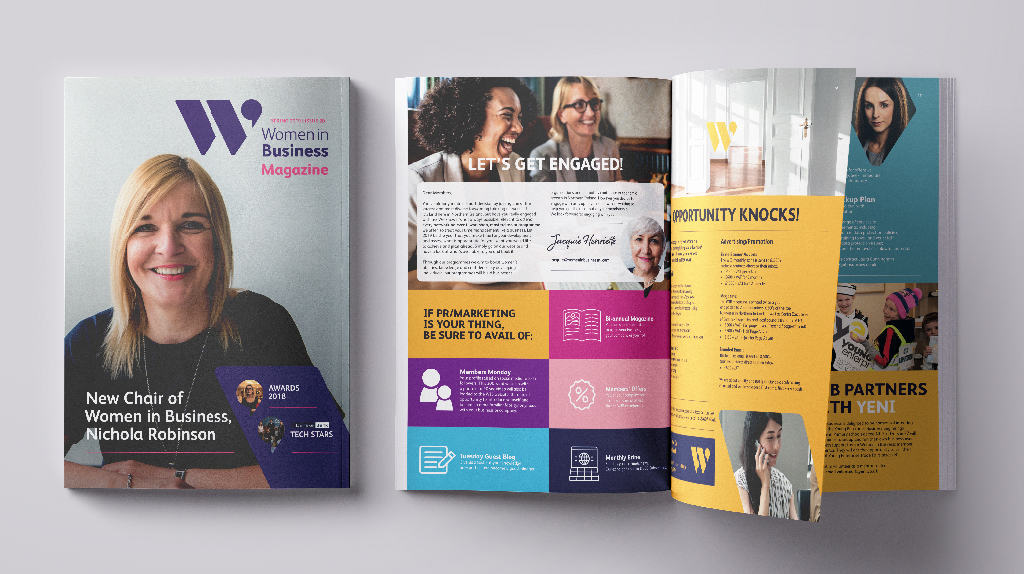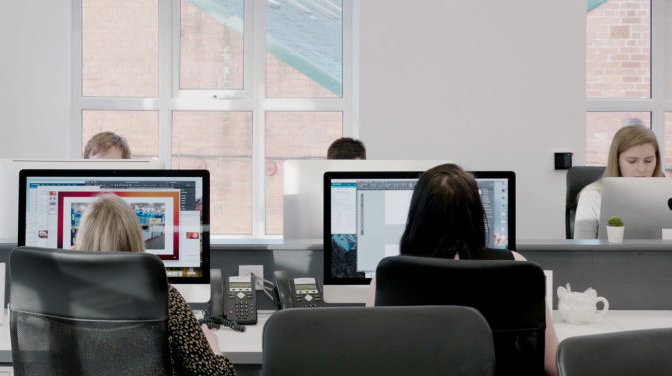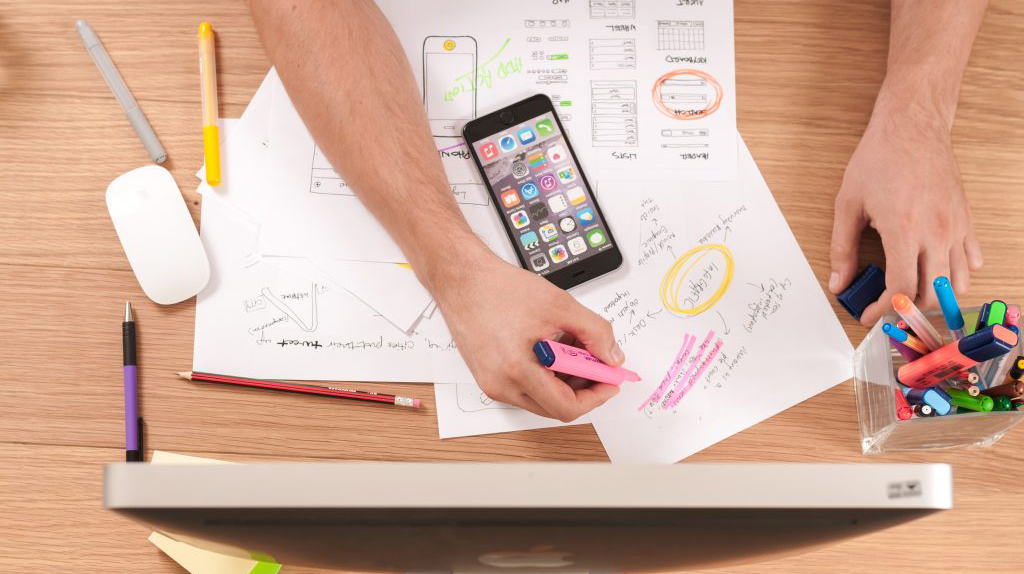The company’s annual report is an important document that tells about the health of any company to its stakeholders, shareholders, media publications, and your community. You can find different annual report designs, formats, and shapes. It ranges from basic typewritten pages to full-color, glossy print of your company’s yearly progress. You must understand the purpose of the annual report as it will help you make sure that your report contains relevant information for your company.
Prospectus, interim report, financial press release, and personal contact with company officials are some of the ways through which you can communicate about the company’s affair. Despite the existence of several sources of information, the annual report is considered as the most significant source of sharing and communicating information about a company’s affairs. It is really focused on the community at large; to whomsoever, it may have been formally addressed. Let’s discuss more reasons why annual reports are preferred over other sources:
- Annual report is comparatively more and easily accessible as compared to any other source of information.
- Annual report encompasses audited information which develops confidence among the public.
- Annual report includes additional detailed information besides financial statements, such as historical summary, important business results, statistical data, company’s plans, and policies that cannot be accessed in other sources of information.
- Annual report represents the most commonly available source of information based on past performance. Therefore, the statements within are used by both professional and amateur investors to forecast the future performance of the company, thereby giving a fair idea about the future share prices and the related cash flows to the investors.
Therefore, every company must publish corporate annual reports so that investors and other users don’t need to go through other sources for the company information needed by them.
Now, when we have fully understood the significance of the annual report for the company, it’s time to recognize the importance of annual report design. The design of your annual report is an important element as it will help you inform the progress of your company in a positive way. A well-thought-out annual report design can guarantee the engagement of all investors, even those who don’t evaluate such documents on a regular basis. That’s why you need a great team that can understand the engagement of this manner openly and will convert your dull and boring word document report to an exciting and engaging annual report.
Because an annual report consists of valuable corporate and financial information about the company, it doesn’t mean that it should be just a book of numbers. Your annual report is a vital communication tool for your business, so it has to be interesting, highlighting the achievements, investments, and successes to your potential stakeholders.
TURN YOUR ANNUAL REPORT INTO AN OPPORTUNITY
It’s time to make your annual report stand out and engaging with some great designs and formats. It’s high time to create a report that reflects your company’s vision. It will definitely help you deliver an impact on your investors and let you connect with them through great design. An annual report with plain data, stats, and financial figures will fail to engage your audience. In fact, it might actually put them to sleep. There is an important fact about the annual report, i.e. those who will read your annual report have a valid interest in your company. This can turn out to be an excellent opportunity for you. Don’t let this opportunity pass due to dull and uninteresting annual report. Find out the ways through which you can make your report attractive yet informative. You can take the help of designing experts who can convert your plain text into a graphical format.
COMMUNICATE BEYOND WORDS THROUGH MEANINGFUL DESIGN
We are living in an era, where things that look good are sold well. Because customers truly acknowledge the fact that pictures speak a thousand words and human attention is the rarest commodity. When it is about impressing investors, stakeholders, and shareholders, you cannot simply represent your company’s success on a plain paper. It should be in a nice format and represented excellently so that it can grab their interest. A nice and presentable report might force them to invest in your company. Great designs help you communicate complex concepts or grab an emotional response quickly from the investors.
You will need the help of a designing company that can make the best use of creativity and experience to represent your brand that outsmarts the competition. Companies, global giant, or start-ups, visit the designers with some objective in mind and look for a passionate team that can offer them comprehensive annual report design and strategic thinking. They look for professionals who can help them achieve engaging communication through reports. Apart from designing reports, a creative design company can help you increase your company’s reach ad reputation by trying hands on the latest marketing products like:
- Advertising Design
- Billboard & Adshel Design
- Brochure Design
- Retail Design
- Campaign Design
- Event Design
- Label Design
- Wayfinding Design
- Logo Design
- Package Design
- Pitch Deck Design
- Poster Design
If you have any plans for moving your company digitally, then you could also choose several digital solutions like websites, social media platforms, and other channels that can help you reach more and more investors.
To speak to our team about your annual report design, or any other design project, you can contact us through our contact form, by calling us on +44 (0)28 9507 2007 or by emailing us on studio@kaizenbrandevolution.com.



